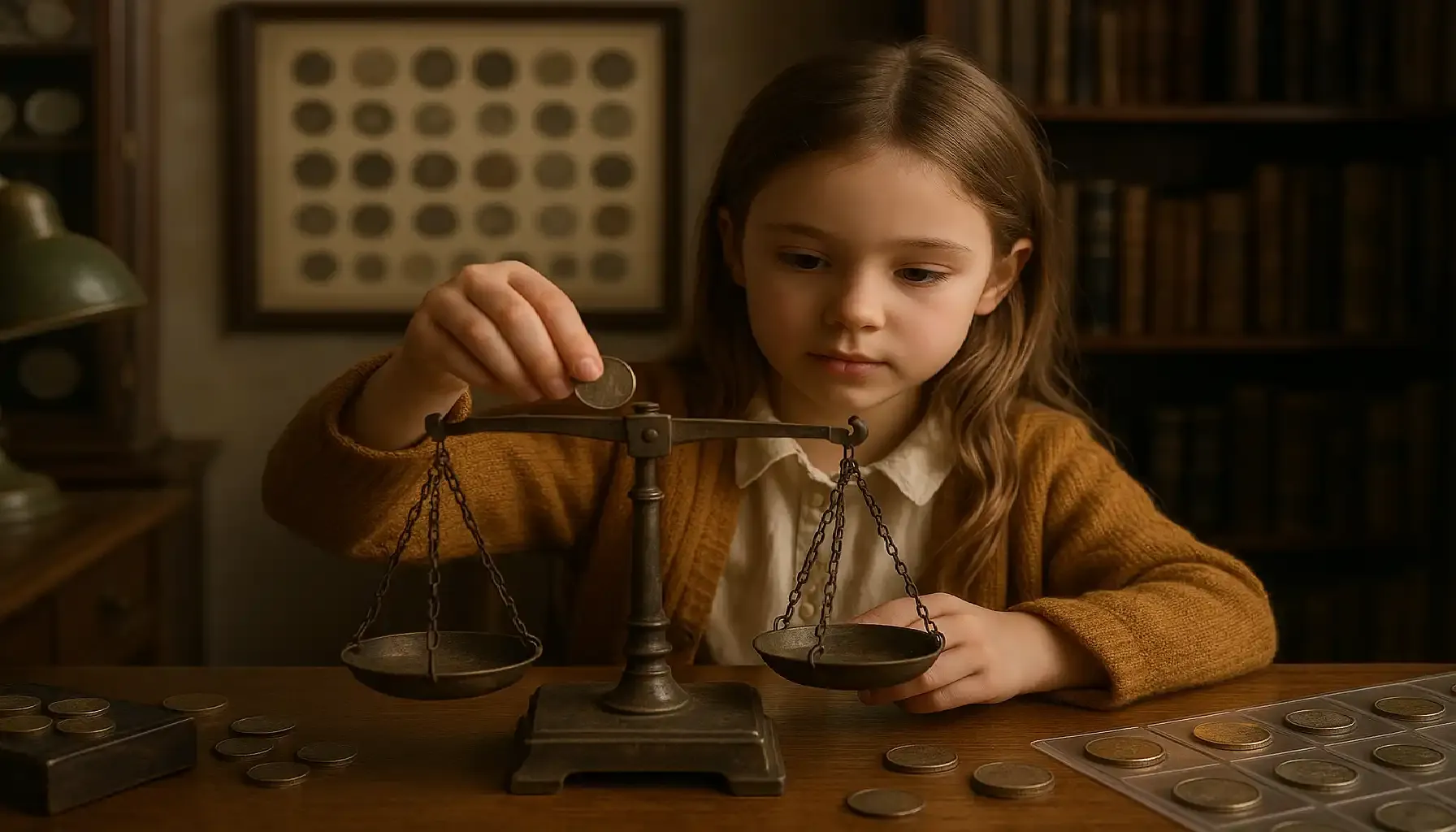Contents:
For beginning numismatists, it is very important to understand what collection organization is. You must always keep everything in order for your own convenience. For example, you can categorize your collection by year, value, or country of origin.
Today we will look at another sorting option - the type of coins. We will discuss what kind of coins there are, how they differ from each other, and what an uncertified coin is.
Circulating Coins
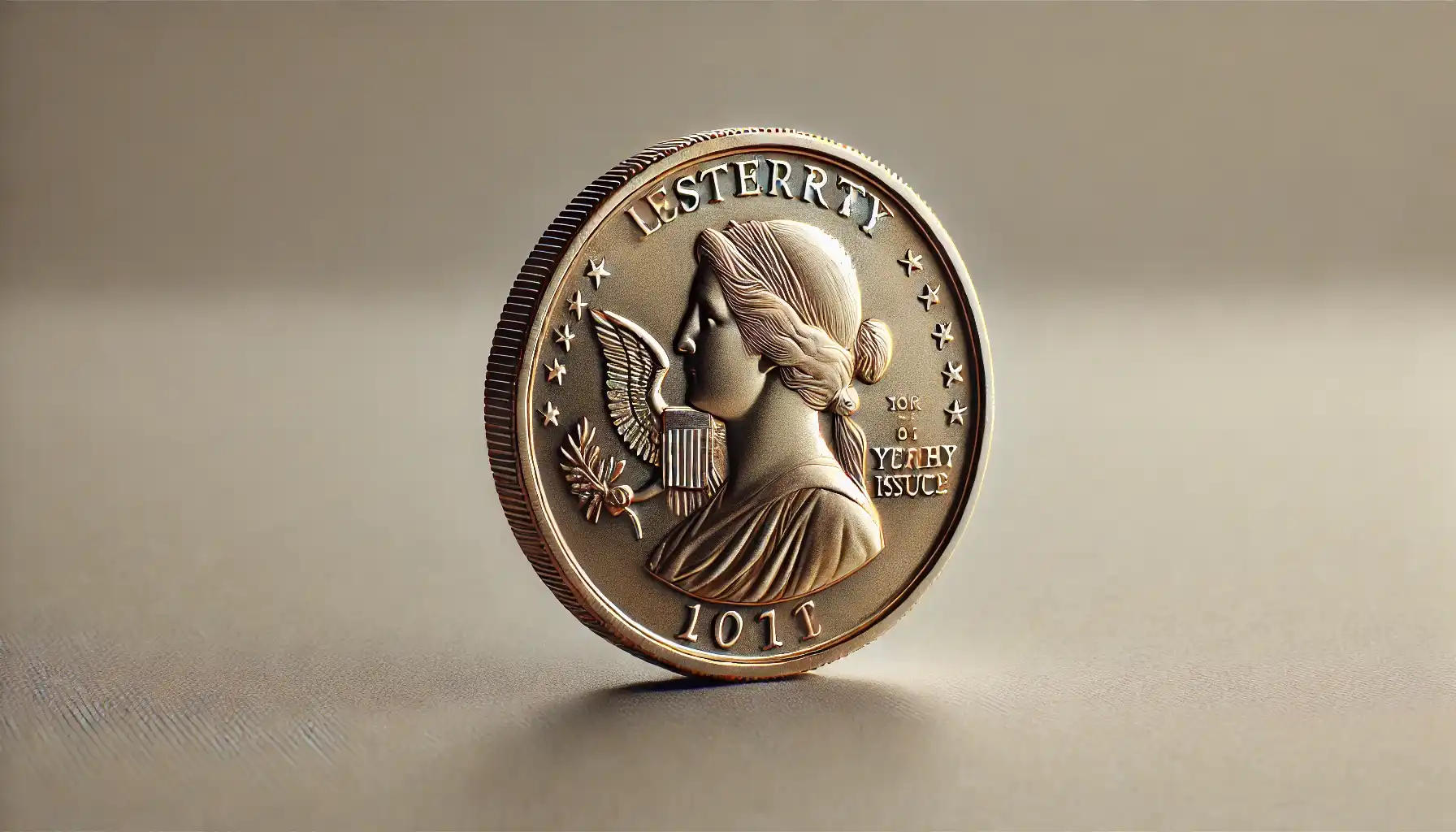
Standard Circulating Coins: These are the coins that people use in everyday transactions. They are produced in large quantities and are intended to be exchanged for goods and services. However, even circulated coins can be worth money.
Examples: US pennies, nickels, dimes, quarters, and dollar coins.
Commemorative Circulating Coins: These coins are issued to commemorate a significant event, anniversary, or person but are still meant for general circulation.
Examples: The US State Quarters series, which honored each of the 50 states.
Non-Circulating Legal Tender (NCLT) Coins
Commemorative Coins: These coins are issued to celebrate or honor specific events, anniversaries, or individuals. They are usually made from precious metals and are sold at a premium above their face value.
Examples: The US Mint's 9/11 National Medal or the UK’s Royal Mint coins commemorating Queen Elizabeth II’s jubilees.
Proof Coins: These coins are specially minted for collectors and are not intended for circulation. They are struck multiple times with polished dies, resulting in a high-quality, mirror-like finish with frosted details.
Examples: Proof sets of US coins, which are often sold by the US Mint.
Bullion Coins
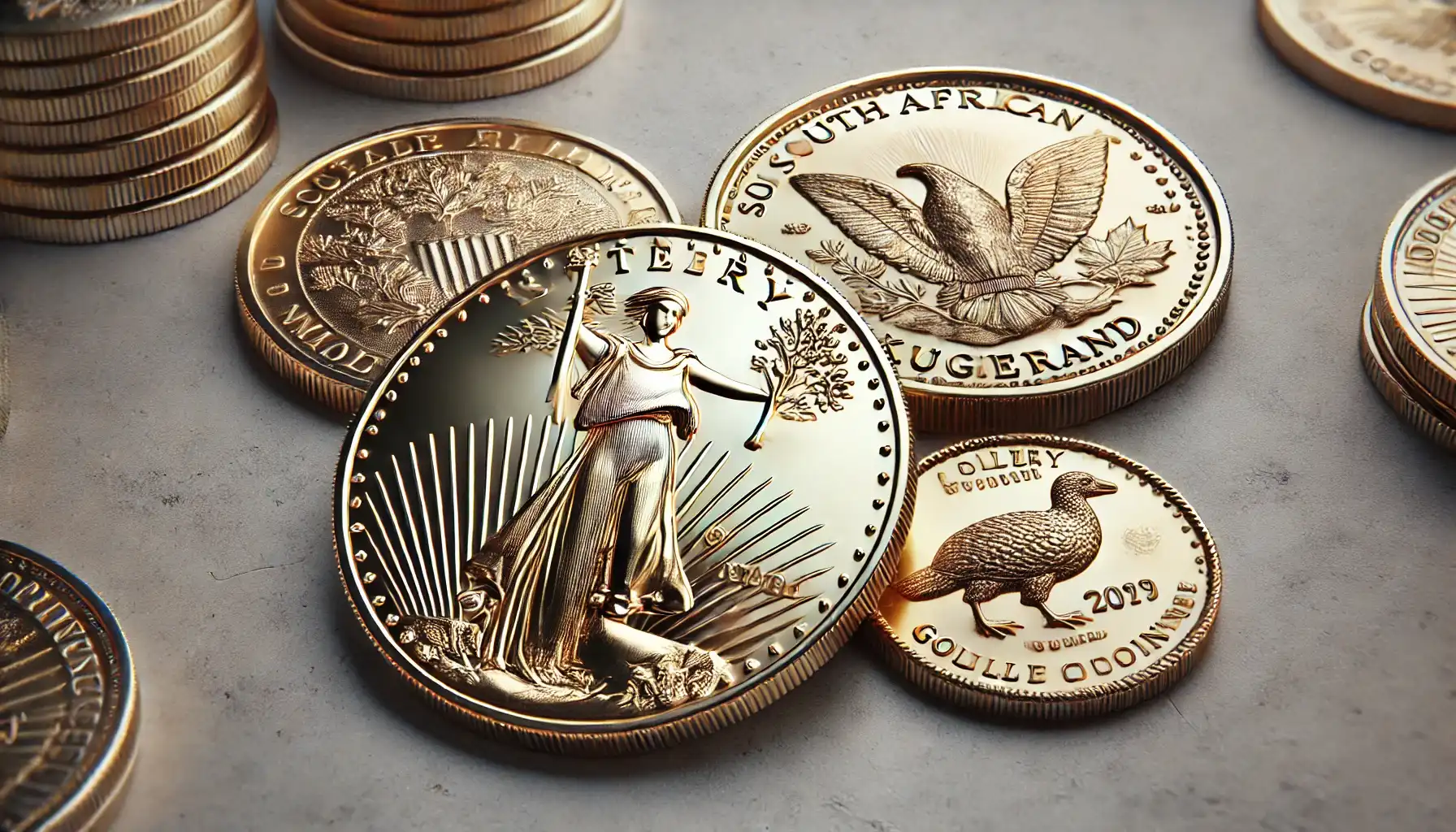
Gold Bullion Coins: Coins made from gold, intended for investment purposes. They are valued based on their gold content rather than their face value.
Examples: American Gold Eagle, Canadian Gold Maple Leaf, South African Krugerrand.
Silver Bullion Coins: Similar to gold bullion coins but made from silver. These are also used primarily for investment.
Examples: American Silver Eagle, Canadian Silver Maple Leaf, Austrian Silver Philharmonic.
Platinum and Palladium Bullion Coins: Coins made from platinum or palladium, less common than gold or silver bullion coins but also intended for investment.
Examples: American Platinum Eagle, Canadian Platinum Maple Leaf.
Ancient Coins
Greek Coins: Coins from ancient Greece, often featuring detailed designs of gods, goddesses, and mythological creatures. These coins provide insights into Greek culture and history.
Examples: Athenian tetradrachms, featuring the owl of Athena.
Roman Coins: Coins from the Roman Republic and Empire, frequently depicting emperors, deities, and significant events. They are valuable for understanding Roman history and society.
Examples: Denarii and aurei featuring emperors like Julius Caesar and Augustus.
Byzantine Coins: Coins from the Byzantine Empire, known for their Christian imagery and inscriptions. They often feature the likenesses of emperors and religious figures.
Examples: Solidus coins featuring Byzantine emperors like Justinian I.
Medieval Coins
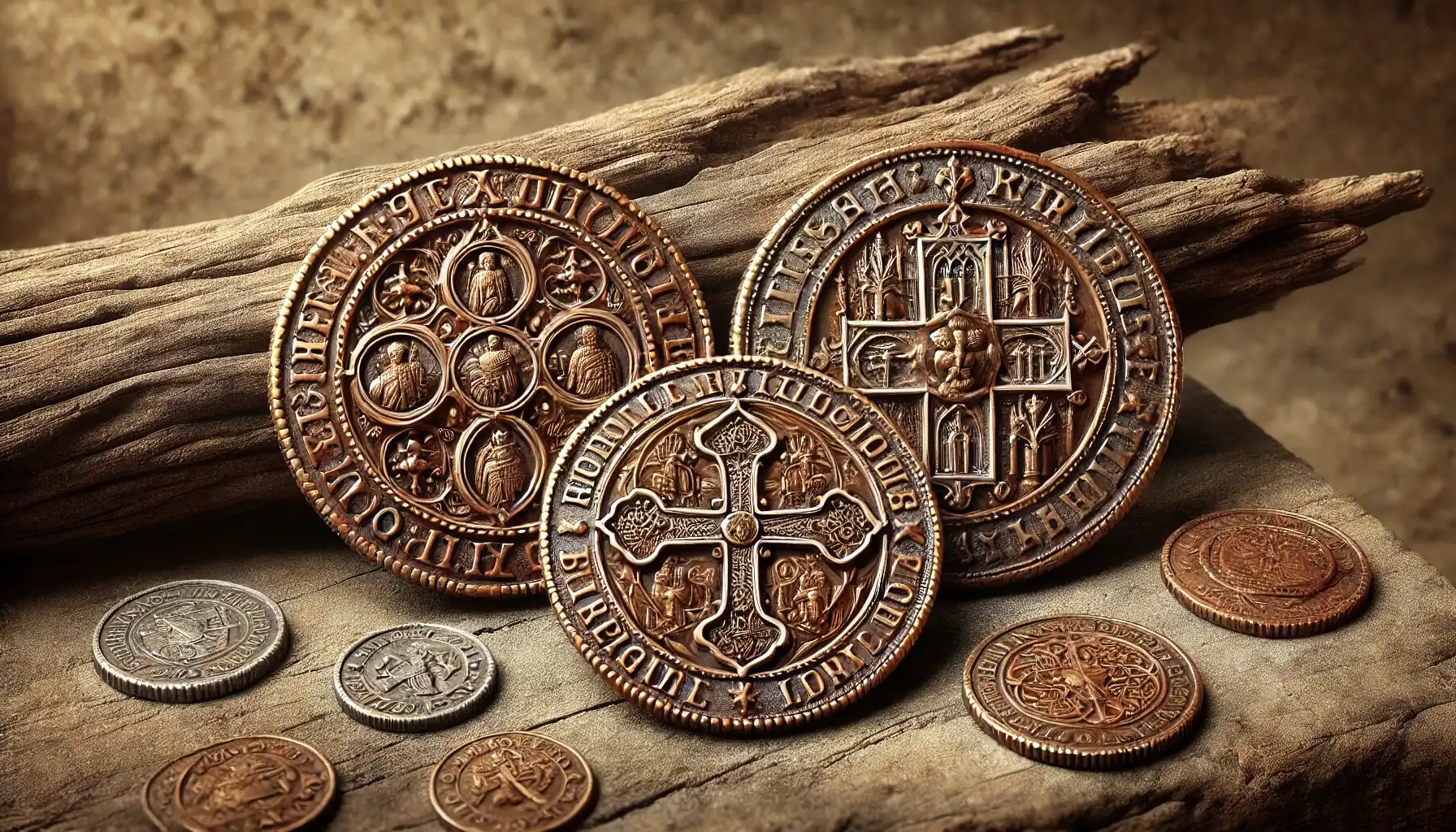
Feudal Coins: Coins issued by local lords and kings during the medieval period. These coins vary greatly in design and quality, reflecting the decentralized nature of the period.
Examples: Coins issued by various European feudal lords and kingdoms.
Crusader Coins: Coins minted by the Crusader states in the Holy Land during the medieval period. These often feature crosses and other religious symbols.
Examples: Coins from the Kingdom of Jerusalem.
Modern Coins
National Coins: Coins issued by countries, typically bearing national symbols, historical figures, and other culturally significant designs.
Examples: US quarters featuring George Washington, British pounds featuring Queen Elizabeth II.
Euro Coins: Currency used by the Eurozone countries, each with a common reverse side and a national design on the obverse. They symbolize the economic unity of the Eurozone.
Examples: 1 Euro coins with a common design on the reverse and country-specific designs on the obverse.
Fantasy and Replica Coins
Fantasy Coins: Coins created for fictional realms or games. They are not legal tender but are often used in role-playing games or as collectibles.
Examples: Coins from the world of J.R.R. Tolkien’s Middle-earth, used in games and as collectibles; 1791 dollar coins.
Replica Coins: Copies of historical or rare coins, typically produced for educational purposes or as affordable collectibles. They help collectors who cannot afford originals.
Examples: Replicas of ancient Roman coins.
Error Coins
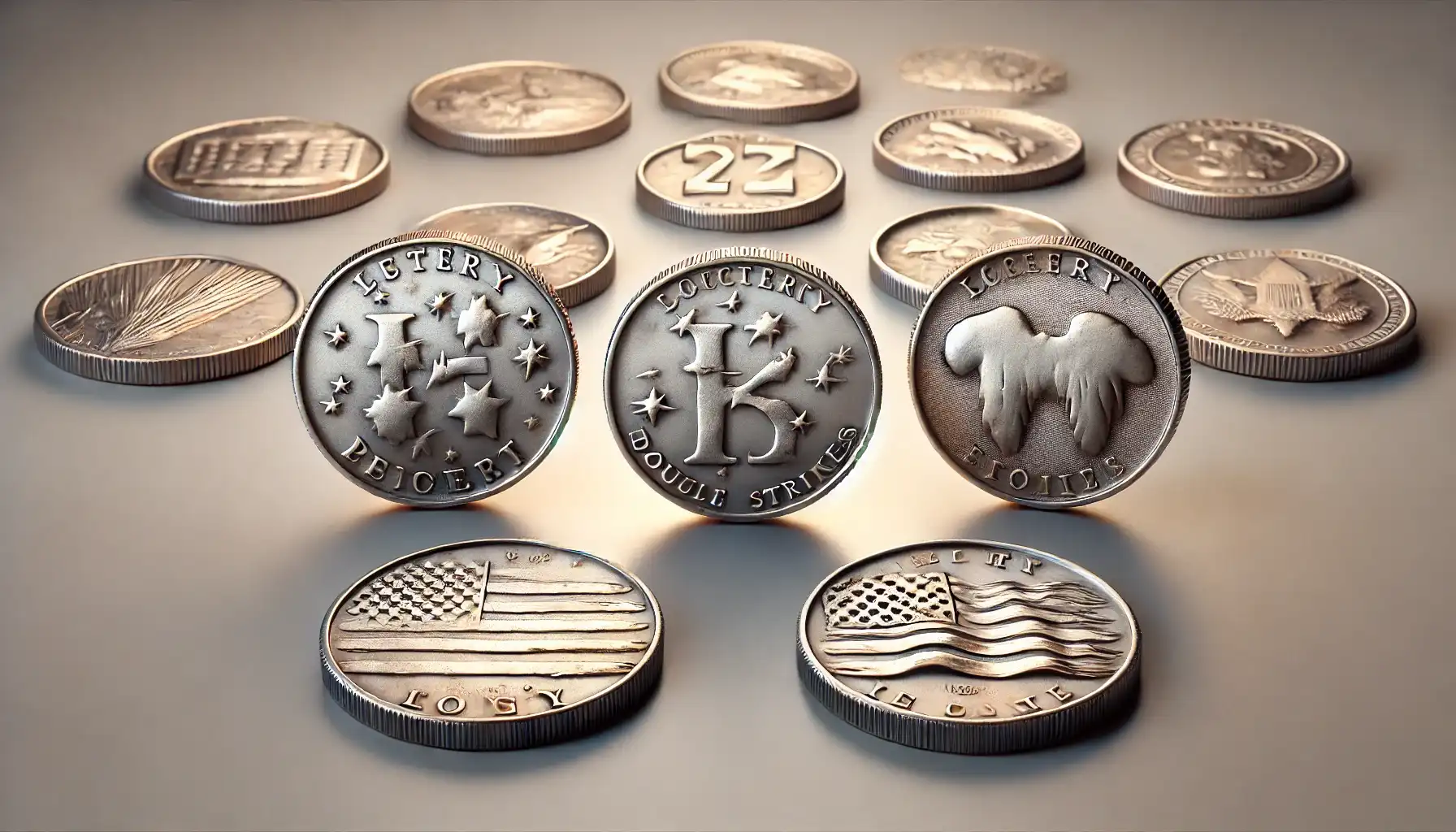
Planchet Errors: Coins with mistakes related to the blank metal disc before striking, such as wrong metal composition or improper size.
Examples: Coins struck on a foreign planchet.
Strike Errors: Coins with mistakes during the striking process, such as off-center strikes, double strikes, or die cracks.
Examples: Double-struck coins, off-center pennies.
Die Errors: Coins with errors due to problems with the dies used in minting, such as die clashes, cuds, or misaligned dies.
Examples: Coins with die cracks or cuds (raised lumps).
Specialty Coins
Token Coins: Coins issued by private entities, often used in specific contexts like transportation, arcades, or company scrip. They are not legal tender.
Examples: Subway tokens, arcade game tokens.
Challenge Coins: Coins given as awards or tokens of membership and achievement, often used by military units and organizations. They symbolize camaraderie and recognition.
Examples: Military challenge coins, organizational membership coins.
Regional and Local Coins
Provincial Coins: Coins issued by regions or provinces within a country, often with designs specific to the locality. They highlight regional heritage and pride.
Examples: Canadian provincial tokens, Chinese provincial coinage.
Municipal Coins: Coins or tokens issued by cities or towns, usually for local use or special occasions. They often commemorate local events or achievements.
Examples: Local currency tokens used in certain towns or cities, commemorative municipal coins.
What Does an Uncertified Coin Mean?
It is a coin that has not been graded, authenticated, or encapsulated by a professional coin grading service. These coins have not undergone a formal evaluation process to determine their condition, authenticity, and value.
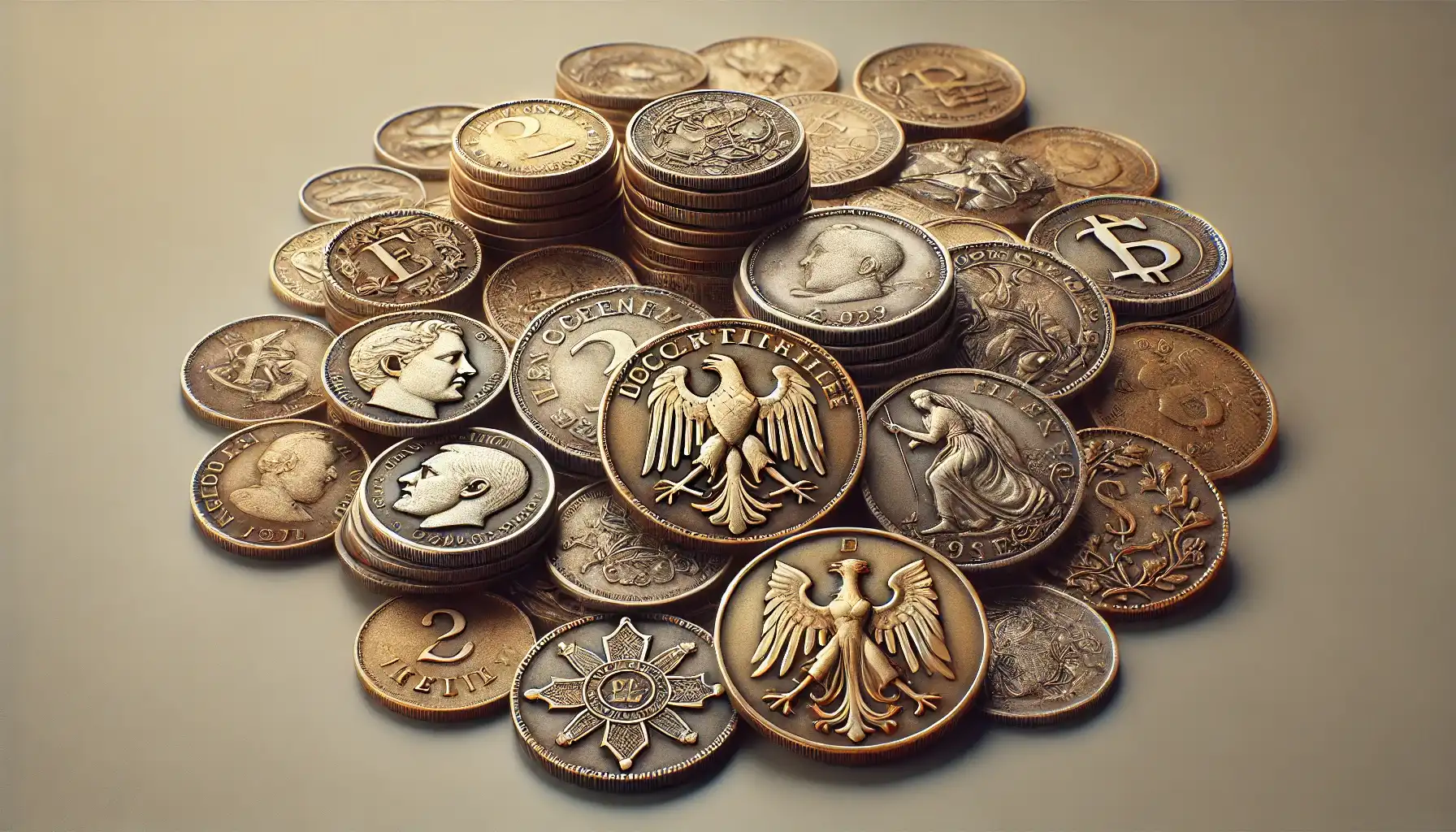
Note: We cannot distinguish this category of coins into a specific type that may be of interest to numismatists. However, such coins may be in some demand depending on various factors.
Characteristics of Uncertified Coins
No Professional Grading: The coin has not been assessed by an expert from a recognized grading service, e.g., the Professional Coin Grading Service (PCGS) or the Numismatic Guaranty Corporation (NGC).
Lack of Authentication: The coin's authenticity has not been verified by a third-party expert, which can make it harder to determine if it is genuine or counterfeit.
Potentially Unclear Value: Without a professional grade, the coin's market value can be more difficult to ascertain, as grading can affect a coin's worth.
Greater Buyer Caution: Collectors and buyers may exercise more caution when purchasing uncertified coins due to the increased risk of forgery or misrepresentation.
Reasons Coins May Be Uncertified
Submitting coins for grading can be expensive, and some collectors or sellers may choose not to incur these costs, especially for lower-value coins.
Some collectors prefer to keep coins in their original state or have their own criteria for assessing coin quality.
Coins that are in poor condition or are common and of low value may not warrant the expense of certification.
These were the main answers for the question “What does uncertified mean in coins and how can this happen?”
Considerations for Collectors
When dealing with uncertified coins, thorough personal inspection or consultation with an experienced numismatist is crucial.
Buying from reputable dealers and sellers can help mitigate the risks associated with uncertified coins.
Educating oneself on coin grading and authentication techniques can be beneficial when dealing with uncertified coins.
Order in Everything
To make it easier to keep track of your collection, proper organization is perhaps the most important thing to do. But there is no need to be afraid of the amount of work.
In today's world there are so many assistants that can help you. For example, the Coin ID Scanner app (coin-identifier.com) has the function of optimizing your collection. You can easily do what you love, while simplifying it. In addition, you can quickly identify any coin in just a couple of clicks: you just need to take a photo or scan the coin and the app will immediately show you the result with all the useful numismatic information.
Collecting has never been so easy and fun. Check it out by yourself!

